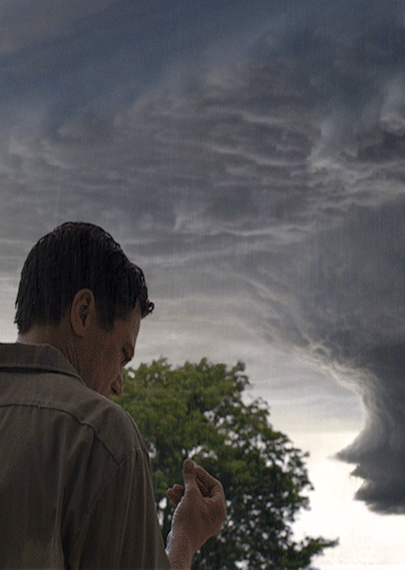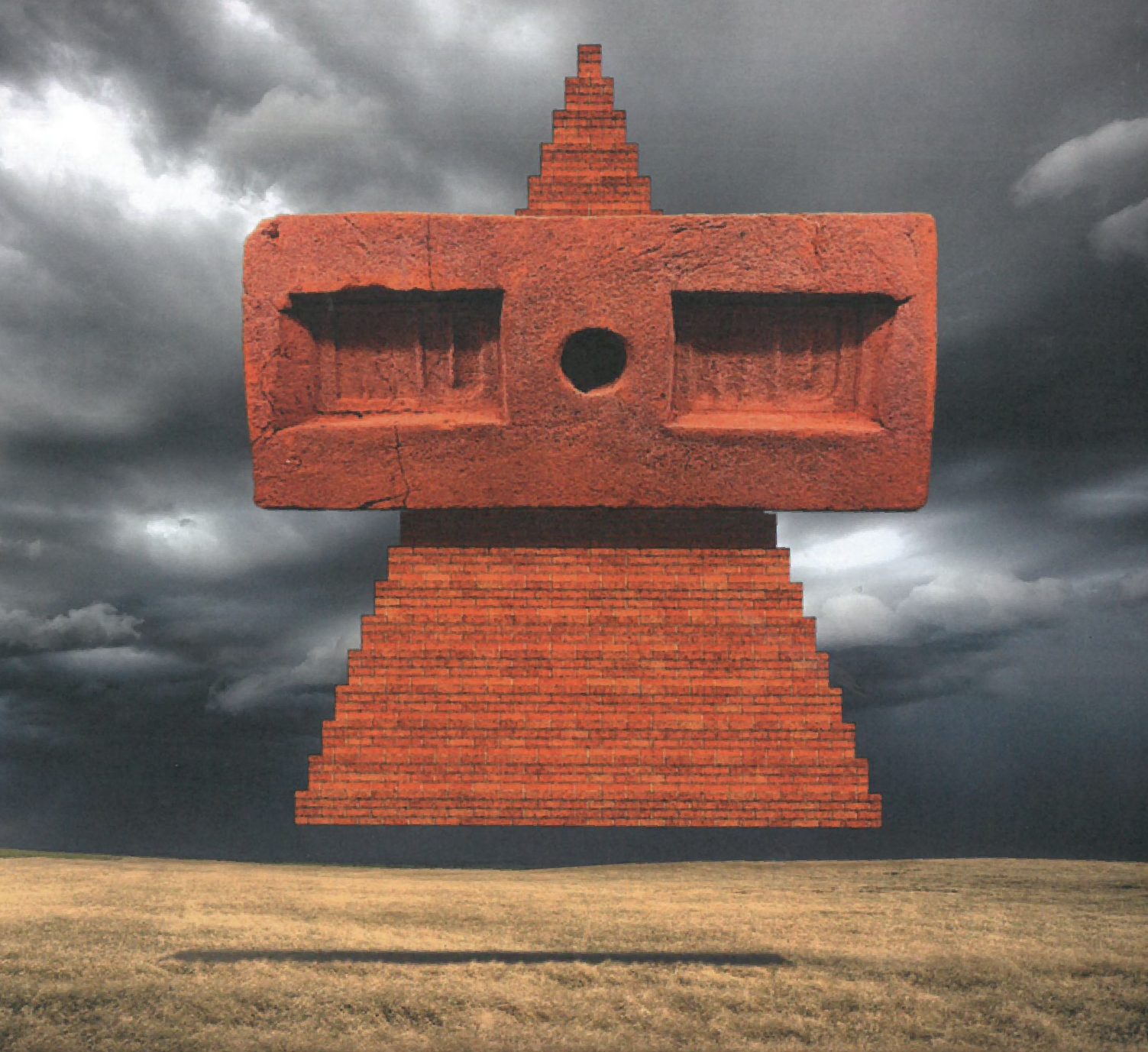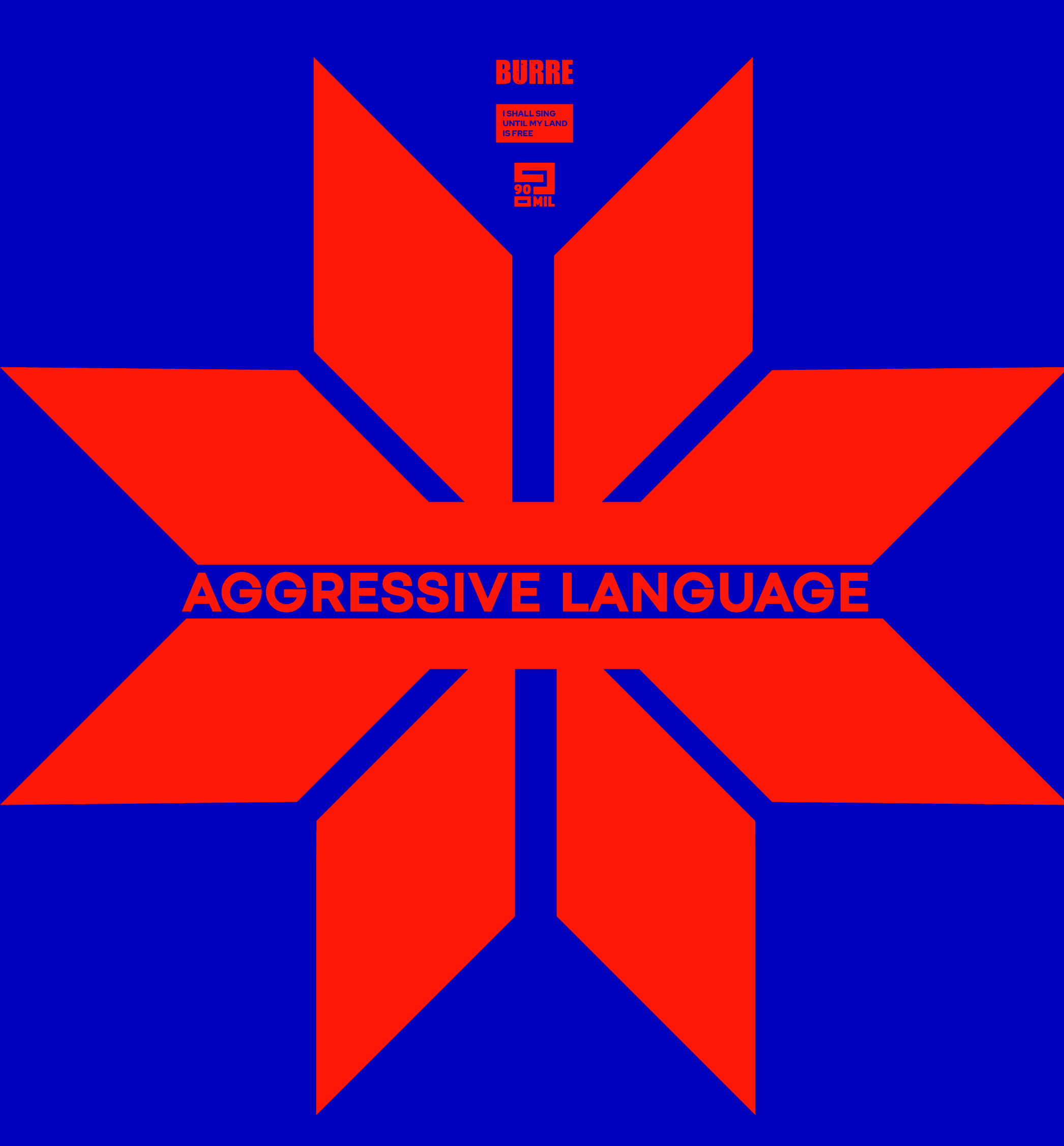Take Shelter

Those hoping for the next high concept Apocalypse-fest in the vein of 2012 or The Day After Tomorrow will be sorely disappointed with Take Shelter. The film is not big on explosive thrills. Instead, this belongs in a new breed of films dealing with an ominous, unstoppable but distinctly oblique threat (see also the mysterious, looming planet in Von Trier’s recent Melancholia, or the unnamed global devastation that befalls the characters in the recent adaptation of The Road).
Curtis Laforche (Michael Shannon) is convinced an earth-shattering storm is going to strike him and his family imminently and becomes consumed with the task of building a bomb shelter in his back yard. Whilst the film fits in with the other contemporary examples listed,Take Shelter is also littered with references to 70s Hollywood. The muted characters, simple, rustic colour pallet and suburban Midwest setting evoke early Terrence Malick, whereas Laforche’s employment situation is pure Five Easy Pieces. The most explicit reference is to Spielberg’s Close Encounters…, but as Laforche’s visions and obsessions are so much more visceral and his psychological state so much more ambiguous, Take Shelter’s depiction of the lead character’s domestic situation is significantly more vivid emotionally than in Spielberg’s picture.
As well as this, there are frequent reminders throughout the film that we are in the immediate present; references to Laforche’s adolescence in the 80s, modern cellphones, calendars set to recent dates and so on. The disjointedness of evoking two different time periods at once creates a disorientation, but it is a disorientation that is handled beautifully, adding as it does to the pervasive unease that haunts the entire film.
The film’s use of sound, music, and scenes depicting the menacing approach of the storm are all deeply unsettling, but the centre of the film’s success is Shannon’s performance. We know that so much is going on mentally and emotionally beneath the character’s stern exterior, but this undercurrent of emotion is delivered in such an understated way that it makes Shannon compulsively watchable; you simultaneously want to see him erupt with feeling but also desperate for him to contain it, as watching him bottle everything up is the key to his charisma. Shannon is effectively playing an archetypal strong-silent type, but the film’s comment seems to be that such a figure is helpless in today’s social and economic climate, meaning that the constraints of contemporary life in America is strangling the characteristics of its heritage. Shannon’s understanding of this dichotomy is what makes his approach so unique and entrancing to watch.
If the film has one flaw, it is not necessarily the filmmaker's fault. Occasionally, you can almost feel the studio interference gearing this towards being a different type of film; some of the dream sequences, for example, feel like they are more suited to a generic thriller than a sombre drama. But this is a minor criticism of a deeply harrowing and devastating 2 hours of cinema.
7/10
Laurence Turner
• Content supplied by the excellent Front Row Films website – check the site and join up for many more reviews and general all-round film goodness.

















Must Reads
David Holmes – Humanity As An Act Of Resistance in three chapters
As a nation, the Irish have always had a profound relationship with the people of Palestine
Rotterdam – A City which Bounces Back
The Dutch city is in a state of constant revival
Going Remote.
Home swapping as a lifestyle choice
Trending track
Vels d’Èter
Glass Isle
Shop NowDreaming
Timothy Clerkin
Shop Now